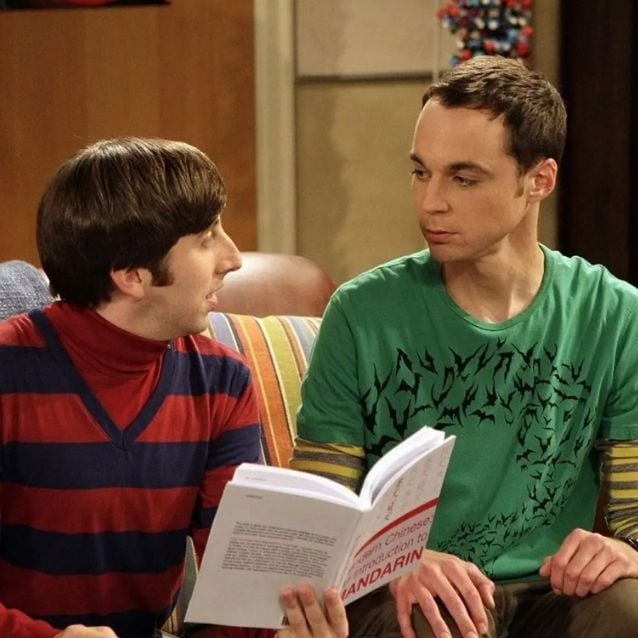
The Big Bang Theory is celebrated for its clever humor, unique characters, and their relatable arcs. Simon Helberg’s portrayal of Howard Wolowitz, a quirky aerospace engineer, offered some of the series’ most memorable moments, especially his journey to space. However, the show’s creative liberties with this storyline arguably undercut what should have been a defining achievement for Howard, leaving fans questioning the decision’s impact on his character development.
Howard’s Space Mission: A Defining Moment
Season 5 of The Big Bang Theory marked a significant milestone for Howard Wolowitz. NASA offered him the opportunity to join a mission to the International Space Station (ISS) as a payload specialist, fulfilling his lifelong dream. This achievement was celebrated in the season finale, The Countdown Reflection, where Howard’s departure into space was a proud moment for the character and the show.
The space mission served as a transformative arc for Howard. It elevated his confidence, showcased his unique contributions to the group, and provided a counterpoint to his feelings of inferiority among his academically accomplished friends. As Howard often noted, he was the only one in their group to have gone to space—a fact he wore as a badge of honor.
The Problem with Howard’s Space Journey
Despite the emotional resonance of this storyline, The Big Bang Theory’s creators, Chuck Lorre and Steven Molaro, took creative liberties that strained credibility. Howard’s qualifications for the space mission, apart from his engineering expertise, seemed questionable given his well-documented health issues, anxiety, and social struggles.
While the show usually adhered to realistic portrayals of careers and relationships, this storyline ventured into the implausible. Howard’s struggles during astronaut training and his time aboard the ISS—portrayed humorously—made it difficult for viewers to believe he would have been selected for such a mission.

Amy Farrah Fowler even pointed out in a later episode that Howard’s accomplishment wasn’t as exclusive as it seemed, humorously noting, “You don’t have to be special or even qualify to go to outer space.” While this line was played for laughs, it inadvertently highlighted the inconsistency in the show’s otherwise grounded storytelling.
Behind the Scenes of Howard’s Space Adventure
Simon Helberg brought Howard’s space journey to life with humor and authenticity, despite the challenges of filming the scenes. During a Paley Fest panel, Helberg explained how the anti-gravity effects were achieved using creative tricks, including a bicycle seat and a seesaw-like apparatus. Visual effects were then used to enhance the illusion of zero gravity.
“It was a set, and then they just did camera tricks and took out the seesaw with VFX so that I wasn’t on a seesaw in the space station. It was great,” Helberg shared.
Jim Parsons, who played Sheldon Cooper, praised Helberg’s performance, calling his portrayal of anti-gravity movements “absolutely unbelievable.” Parsons also noted that the pre-filmed space scenes left him missing Helberg’s presence on set, a sentiment Helberg echoed.
Missed Opportunities for Howard’s Growth
While Howard’s space mission was a pivotal moment, the unrealistic execution undermined its impact. The storyline could have explored Howard’s growth more authentically, emphasizing his engineering brilliance rather than relying on a plot device that stretched believability.
Ultimately, Howard’s space journey remains a highlight of the series, but it also serves as a reminder of how creative liberties can sometimes overshadow meaningful character development. By grounding this arc in a more realistic framework, The Big Bang Theory could have made Howard’s achievement even more impactful, solidifying it as a cornerstone of his journey.
